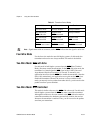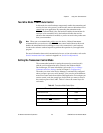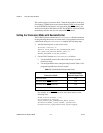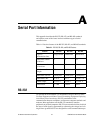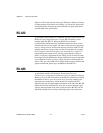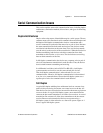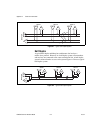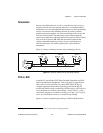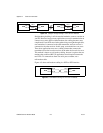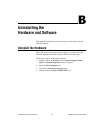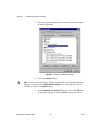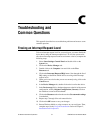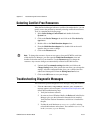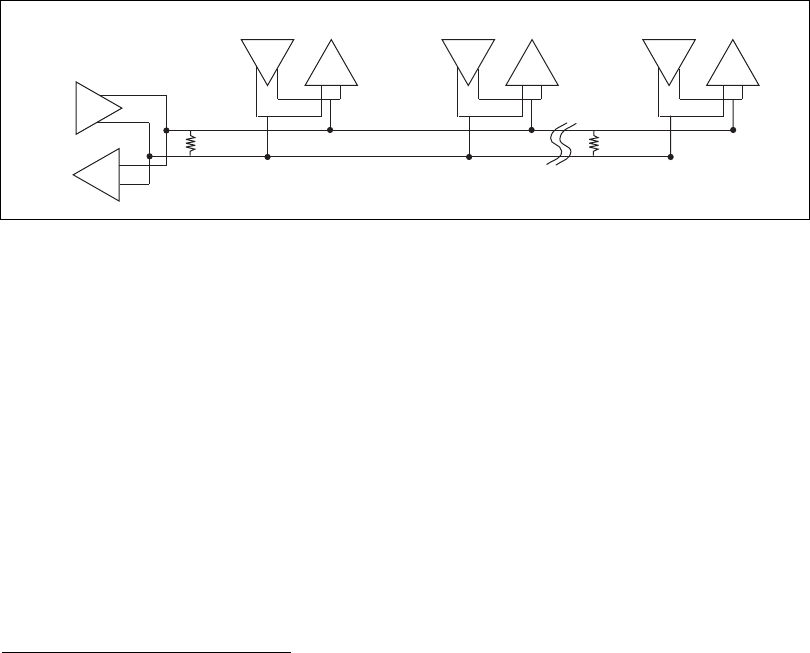
Appendix A Serial Port Information
© National Instruments Corporation A-5 PCMCIA Serial for Windows Me/9x
Termination
Because each differential pair of wires is a transmission line, you must
properly terminate the line to prevent reflections. A common method of
terminating a two-wire multidrop RS-485 network is to install terminating
resistors at each end of the multidrop network. If you daisy-chained
multiple instruments together, you need a terminating resistor at only the
first and last instruments. The terminating resistor should match the
characteristic impedance of the transmission line (typically 100 to 120 Ω).
You can order an optional DB-9 RS-485 termination connector that
contains embedded terminating resistors for easy termination from
National Instruments. For ordering information, contact National
Instruments.
Figure A-3 shows a multidrop network using terminating resistors.
Figure A-3.
Multidrop Network Using Terminating Resistors
DTE vs. DCE
In the RS-232 specification, DTE (Data Terminal Equipment) and DCE
(Data Communications Equipment)
1
refer to the types of equipment on
either end of a serial connection. In general, DTE and DCE refer to
computer equipment and modems, respectively. Because the RS-232
specification mainly involves connecting a DTE directly to a DCE and vice
versa, the pinouts are defined so that cabling is simple. That is, a cable
connected a computer to a modem by wiring pin 1 to pin 1, pin 2 to pin 2,
and so on. This method is known as straight-through cabling.
Figure A-4 shows straight-through cabling in a DTE-to-DCE interface.
1
In Revision D of the RS-232 specification, a DCE is a Data Circuit-Terminating Equipment.
MASTER
Slave 1
100
Ω
Slave 2 Slave n
100
Ω
Tx
Tx
Rx
Tx
Rx
Tx
Rx
Rx




